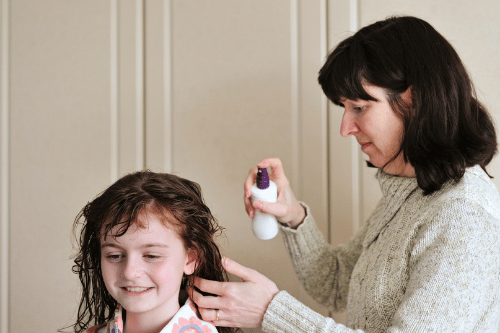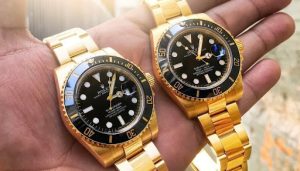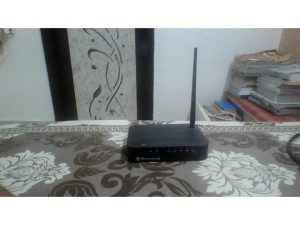No parent wants an outbreak of lice at their child’s school, and they know it can travel fast. Even when your child has been treated for lice, they have to be infested in contact with another person. It will force you to undergo treatment and experience more missed school days. These are how you will protect your child and control lice spread.
Know how it spreads
Before starting the treatment, you must understand your child has gotten head lice. Head lice cannot jump where they will not live on pets and have nothing to do with personal hygiene. One common way head lice spread is by having head-to-head contact. It means your child has been touching heads with someone that has it. It will happen during parties, playtime, or outside school. You will get it by sharing items like hair brushes, accessories, and hats. Head lice will have a blood meal every 12 to 24 hours, and they cannot survive away from a human head for longer than a day.
Comprehend the problem
When your child returns with a case of head lice, you must take steps to prevent it from spreading to other people. You have to avoid hugging or making close contact. You must check other kids and adults in your home for head lice. Washing the pillowcases, hats, and other items that touch the head in hot water can help to get head lice. But disinfecting your house is unnecessary because the transmission of it is rare.
Destroy its habitat
Head lice need you to host to survive when the hair is gone. Cutting your child’s hair will be one of the robust solutions that can be a course for other parents. When your child gets a short haircut, it will sense that you deal with head lice by destroying their habitat.

Use treatments
The first defense against head lice is using a treatment like the head lice prevention spray. It will help to kill the head lice when you apply some medicine to the hair. Most OTC treatments don’t kill nits where you need to try it again to destroy everything once they hatch.
Use it directly
OTC head lice treatments will not work because it needs to be directed. Parents are splitting one dose into a few applications from the directions. When you apply it, you will not see any crawling after the first treatment. When they still have it, you may have missed the ineffective step to the type of lice your child has.
Observe any head-scratching
There is no proof that head lice can prevent your child from getting it again. The best you have to do is to be alert for any head scratching. Itching is another allergic reaction to the chemicals in the head louse’s saliva. Not every kid is experiencing it, but when they have it, they are more likely to start itching. Getting treated for this behavior can stop you from having head lice problems.
You don’t have to panic when your child gets head lice because everyone experiences it. You must know how to kill it by using a treatment to help remove it immediately once your child’s head is infested.







